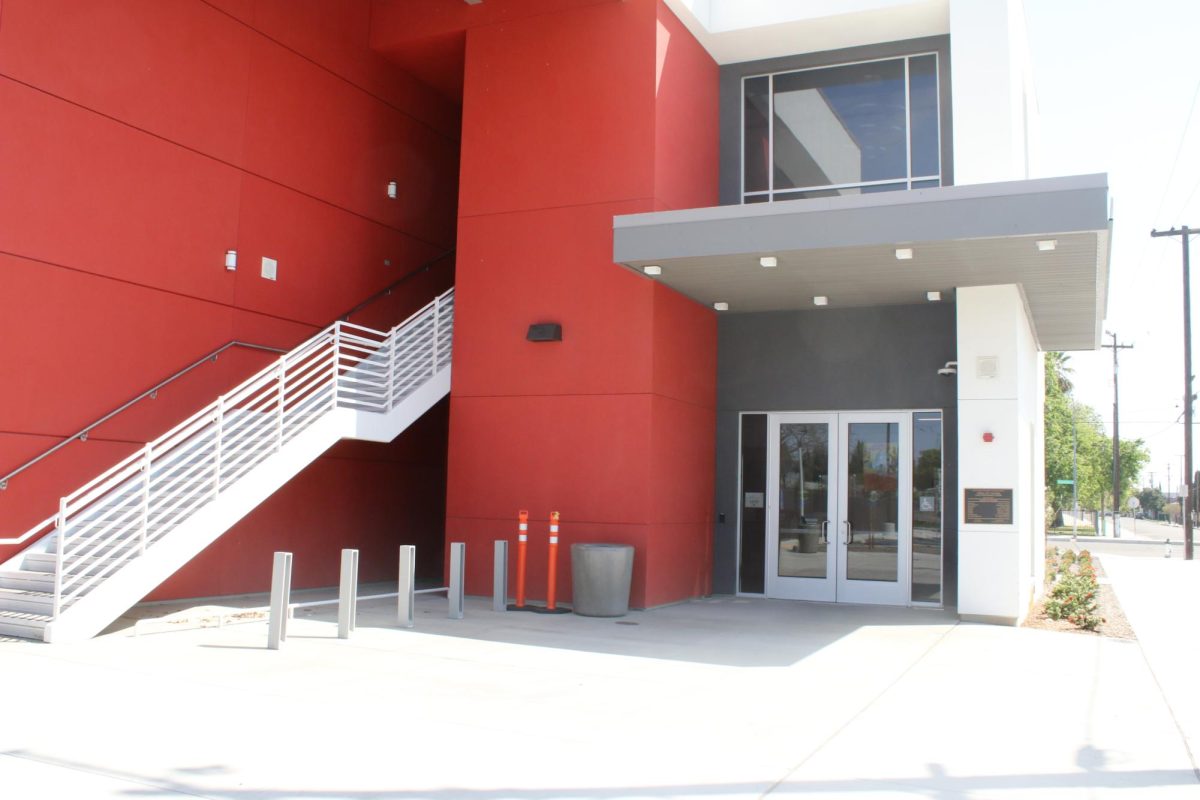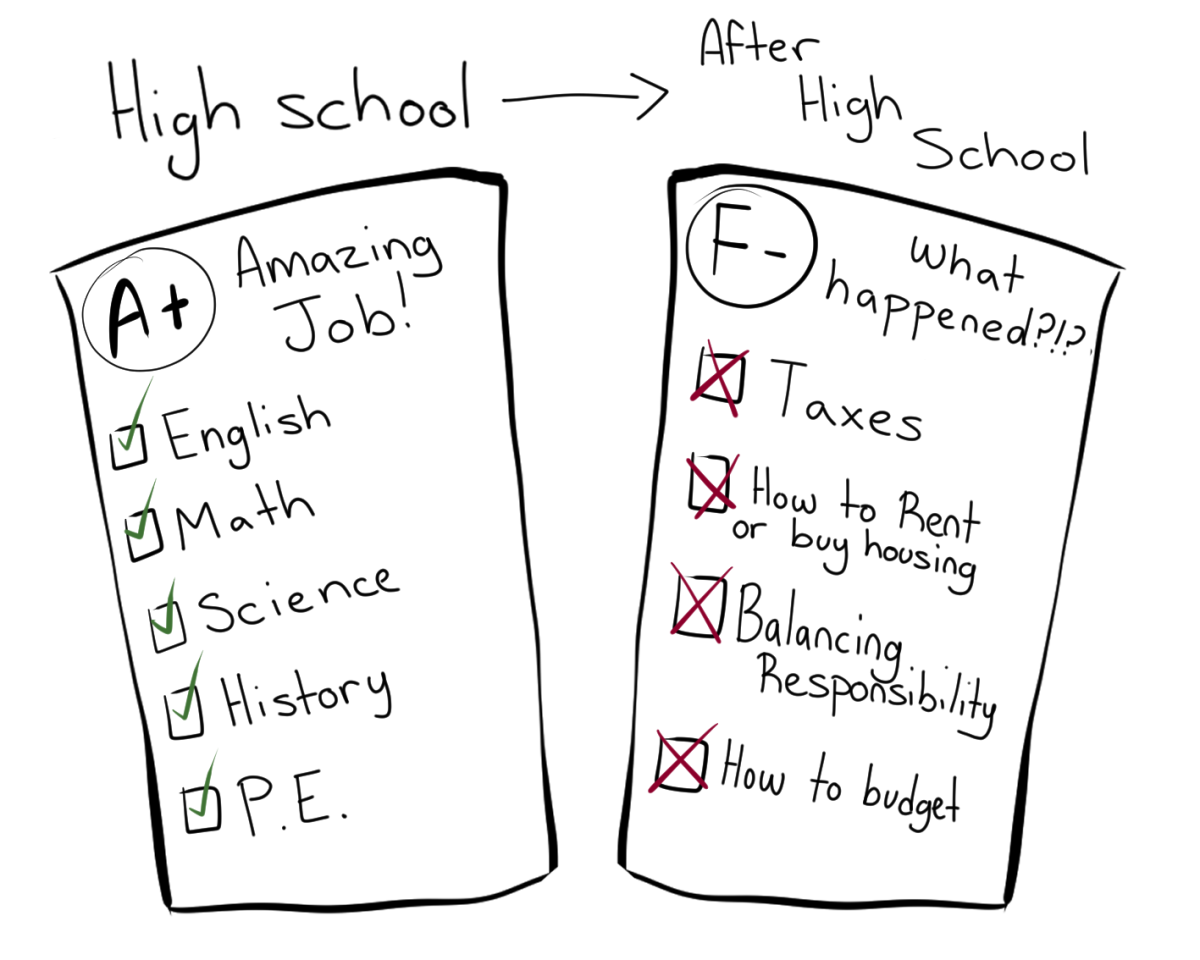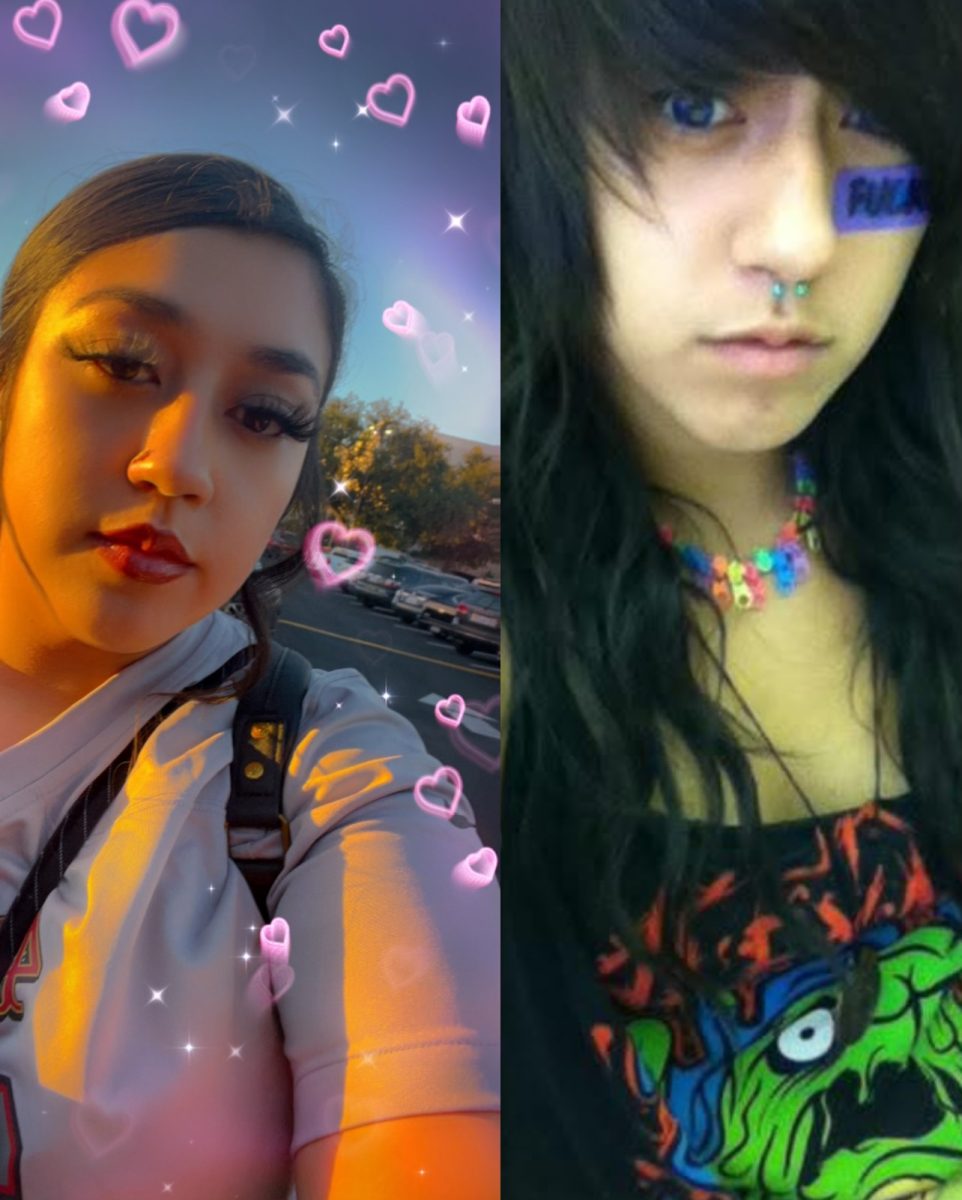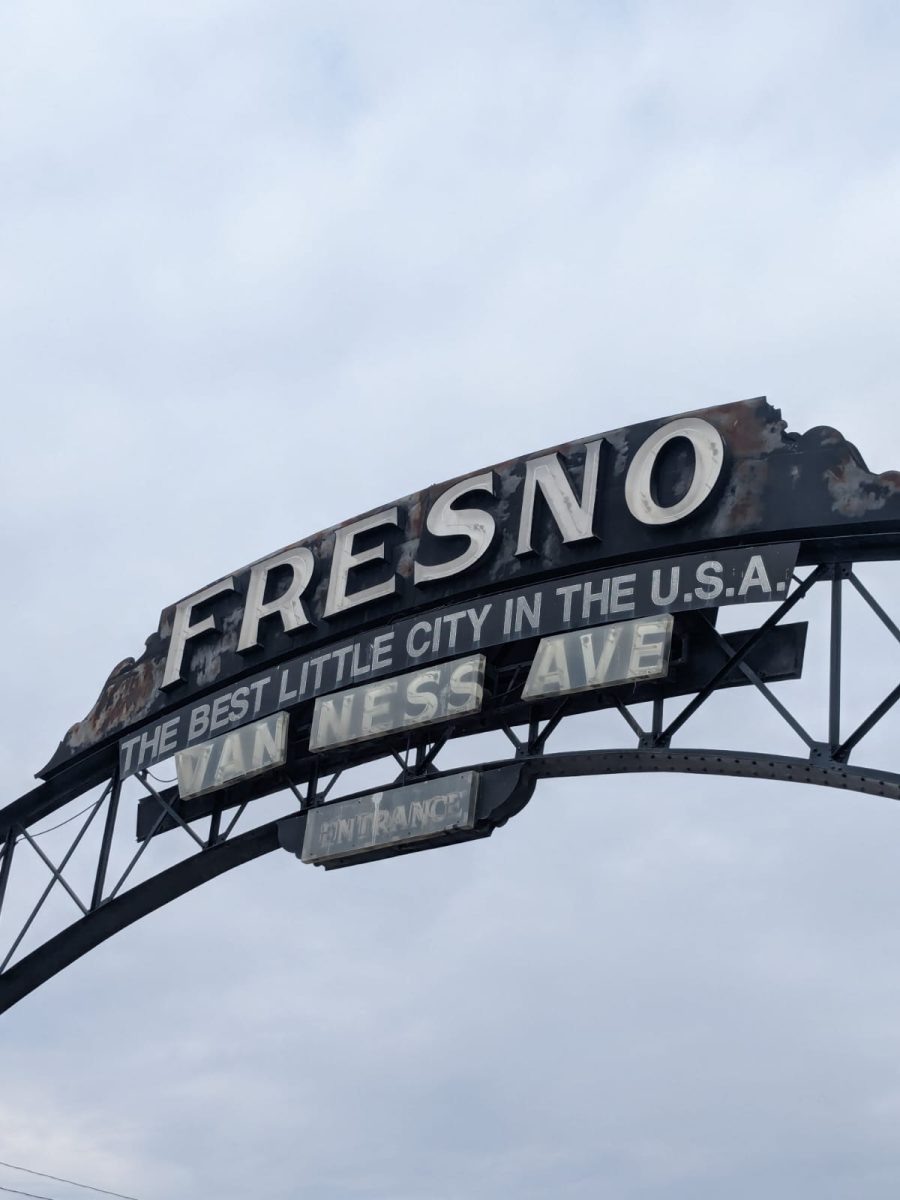If you have ever gazed upon photographs and films that documented the first 60 years of the 20th century, you will notice that most people dressed formally whenever out in public.
Men wore ties and suits most all of the time and women would dress in identical length dresses and skirts. Nobody wore tennis shoes unless they were playing tennis or basketball, opting to wear leather dress shoes everywhere they would go.
Photographs of New York City in the early 1950s show crowds of people dressing the same and adjourning the same haircut. Aesthetic presentation of the self was considered crucial for a successful social life. Dressing snappy and being classy was a rule.
By the mid 1960s the Baby Boomers were becoming young adults and were looking for self-actualization and identity. The greatest generation had coddled and supported their baby boomer children in an era of economic wealth and independence.
The counter-culture did not want to be a part of the established order or its ” square” parents. Young people wanted to be proud individuals, and they wanted to express themselves and their own unique individuality. There was more preoccupation with the self than there was with other people.
The United States was in a state of upheaval. There was the escalation of the war in Vietnam, the Civil Rights Movement, student protests, drug use, and free love shaking the nation and the young people questioning the system. Young people started wearing colorful flamboyant clothing and dressed in any way they wished in order to try and express themselves.
The 70s brought a generation of people with the new pursuit of self-fulfillment that led culture critic Tom Wolfe to label them the ” Me Generation” . Gone were the crowds of men in suits and short haircuts and women with tailored hair and short slim dresses.
People were not as preoccupied with how they presented themselves to the world as much as they were preoccupied with accepting and loving their self.
The workplace, where everyone used to wear suits, accommodated with the times and started to allow people to dress in a ” work casual” fashion, and now, only people in high sector jobs wear suits all the time.
It was becoming more acceptable to simply put on a t-shirt, some jeans, a pair of tennis shoes and just walk out the door. Social etiquette was not considered as important as it had been just a decade before.
The baby boomers grew up and started having children of their own. The age of self-fulfillment birthed the age of entitlement. The children of the boomers took their independence for granted, and this has inflated independence into celebrated narcissism.
Members of the age of entitlement don’ t feel the need to have accomplishments to feel good about their selves; self-esteem is innate in them. The key to their self-esteem is to have set standards low enough that meeting them will not require too much work.
One does not dress up for their own comfort or satisfaction, they dress up for how they wish to be perceived by other people. Unfortunately the aphorism, ” the clothes don’ t make the man” , is not entirely true. The fashion changes of a society reflect the type of society we are.
It is perfectly common for someone to go about town and conduct his personal matters dressed in nothing but pajamas and slippers. This can reflect how accepting our society is in regards to fashion and also how lazy it has become when it comes to self presentation.
In our current society, one which is a mediated society preoccupied with fame, glamour, and irrelevance, many young people today are using their clothing to advertise their own uniqueness to the world. A trend that has been taking hold for the last 25 years is the amount of branded logos and imagery on shirts.
In the past clothing was decorated with patterns and colors, now however, there is various images that people adjourn on their clothing for some sort of desired statement. Independence is now something that is bought from corporate clothing companies.
A t-shirt with a corporate logo symbolizes a nation that pays to advertise a certain lifestyle with the decoration of cloth. People buy these shirts for a declaration of individualism that they believe a mass produced object will attain. It is a perfect allusion to how America is proud of its selfish consumer culture.
There is so many social identities that can be bought with a variety of chain stores catering to a very certain and specific clique. The irony is that the people are struggling for self expression through clothing when they are buying manufactured clothing, in turn, buying manufactured rebellion and individualism.
I do not expect society to return to one where everyone dresses formally out in public, however, I can see a society where more members dress in more flamboyant fashions to gain a larger sense of distinction in this populated earth that is drowned in trivial information and concepts.
Fashion will change along and reflect the type of society that we are and what we are preoccupied with.
“Fashion is a form of ugliness so intolerable that we have to alter it every six months.” – Oscar Wilde







